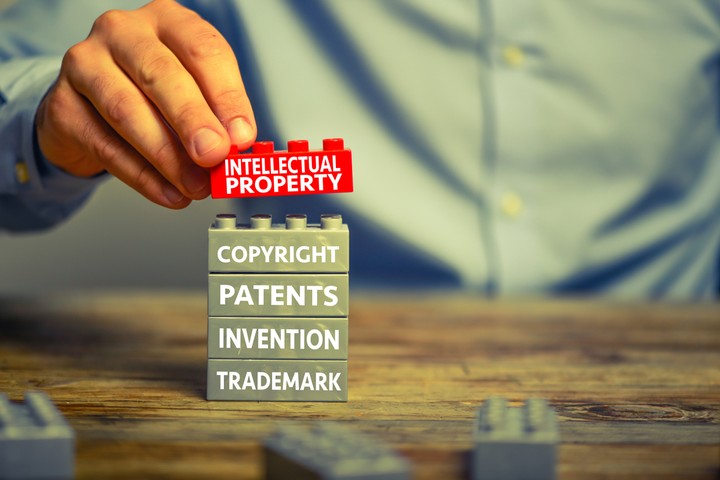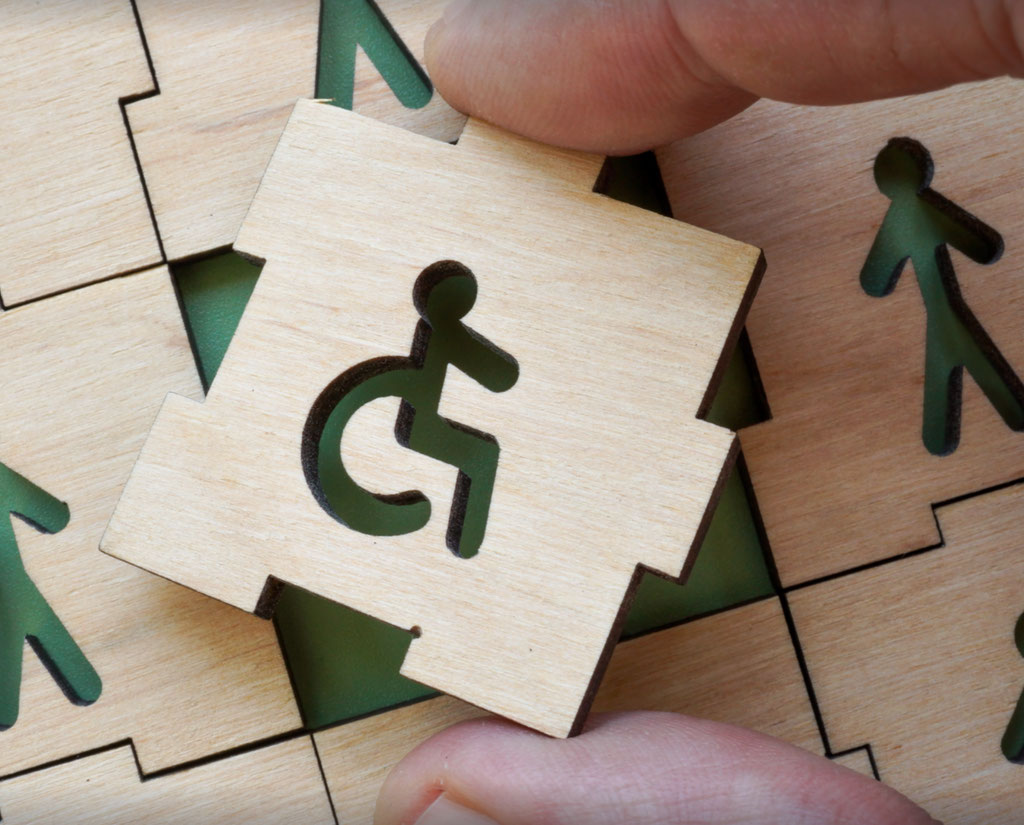
When you think of your favorite brands, it's easy to picture the company's logo. Whether you're picturing the Nike Swoosh or the McDonald's Arches, symbols, phrases, and words that distinguish a brand are key in helping the general public connect a company to a specific product.
Trademarking these symbols, phrases, or words can be a key part of creating a successful brand that's easily recognized by customers. Here, we'll take a look at exactly what a trademark is, why registration is important, and how a particular trademark issue has affected the safety of many Americans during the COVID-19 pandemic.
What is a Trademark?
According to the United States Patent and Trademark Office, "A trademark can be any word, phrase, symbol, design, or a combination of these things that identifies your goods or services. It's how customers recognize you in the marketplace and distinguish you from your competitors."
Simply creating a phrase that describes what you have to offer can be a trademark, but it's not as effective as other methods. The more unique your trademark, the better your target market will be able to remember your brand and what you have to offer.
Typically, strong trademarks are fanciful, arbitrary, or suggestive.
Fanciful trademarks are words that have been developed by a company. These words did not previously exist. For example, words like Polaroid, Kleenex, and Xerox are instantly recognizable to consumers, despite the fact that these words were developed by the companies themselves to boost brand recognition.
Arbitrary trademarks are ordinary words used by companies to describe something that is technically unrelated to the trademark (according to its traditional definition). For example, the Yeti brand of insulated cups and camping gear is not actually related to the mythical Yeti creature.
Finally, suggestive trademarks use descriptive language to hint at what the product might be used for. Burger King is a great example of a suggestive trademark–the company's name lets consumers know what they offer, and suggests that they're the best at what they do.
Once you have a solid idea for a word, saying, symbol, or other way to show off your brand, it's smart to think about what you'll need to move forward. Let's take a look at what you need to know about the trademark registration process.
Do Trademarks Need to be Registered?
The short answer: not necessarily.
The longer answer: When you start using a symbol, sign, or logo for your business, you have some level of common law trademark protection. That being said, common law protection is tough to enforce. Registering your trademark with your state or with the United States Patent and Trademark Office offers far greater protection than area common laws.
If you want to protect your trademark and your brand, federal registration is the way to go.
The Trademark Registration Process
In decades past, business owners had to go through a lengthy pen-and-paper mail-in process to get a trademark registered. Thankfully, a simple online process now makes it easy for business owners to register a trademark.
Trademarks and Consumer Safety: The N95®* Controversy
N95 filtering facepiece respirators (FFRs) have been used in occupational settings and by the general public to provide protection against the virus that causes COVID-19. However, over the past few years, an onslaught of counterfeit respirators has come into the global marketplace, oftentimes leading people to believe they're receiving certified N95 level protection when they're not. To help combat this issue, NIOSH trademarked N95 making it easier for NIOSH to enforce strict quality standards among all products that seek an N95 designation.
To build upon the power their trademark has, NIOSH is crowdsourcing in the Counterfeit N95 Challenge to partner with the public in their search for a creative solution that helps the public recognize and avoid counterfeit N95 FFRs before they purchase them.
Helping the Public Understand the N95 Trademark
Open innovation is key when it comes to creating solutions for long-standing problems. Thus, NIOSH is turning to today's culture of innovation to find a novel and effective strategy for solving the problem of counterfeit N95 deception. Click here to learn how you can contribute to this endeavor and share your innovative solutions–doing so could save lives. If your solution is ranked highest by the challenge judges, you could win a serious chunk of the $145,000 prize purse.
*N95® is a registered certification mark of the U.S. Department of Health and Human Services (HHS).








